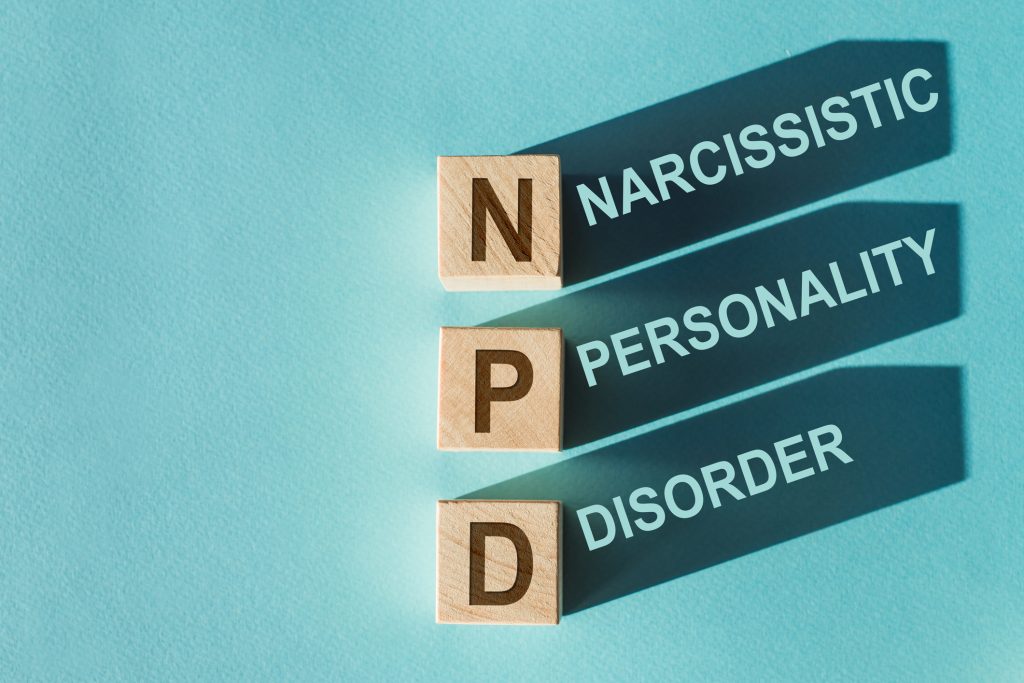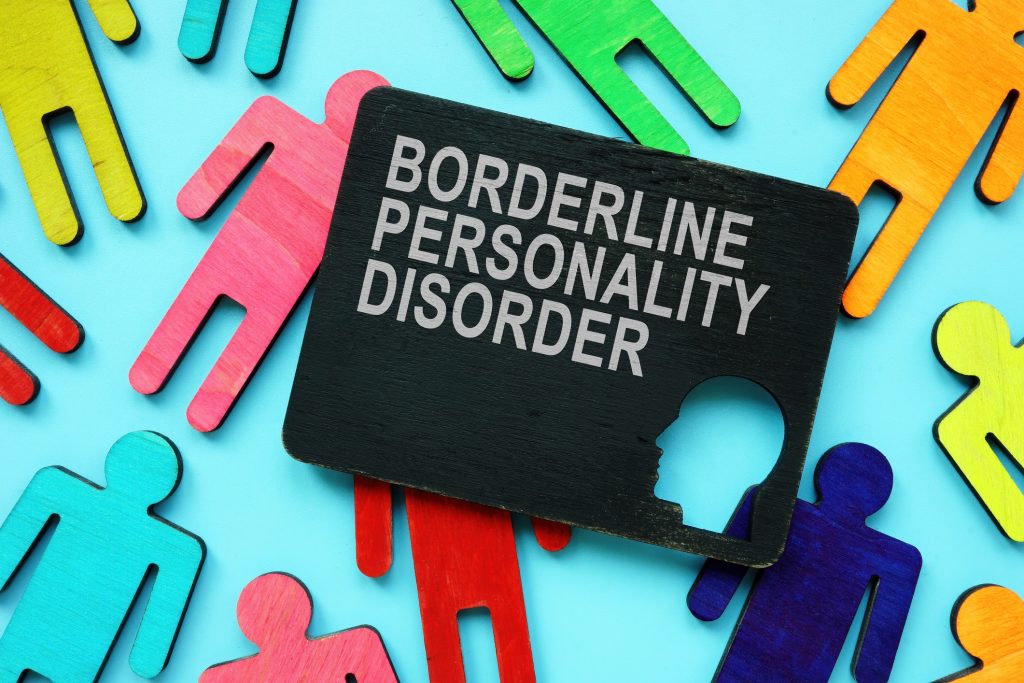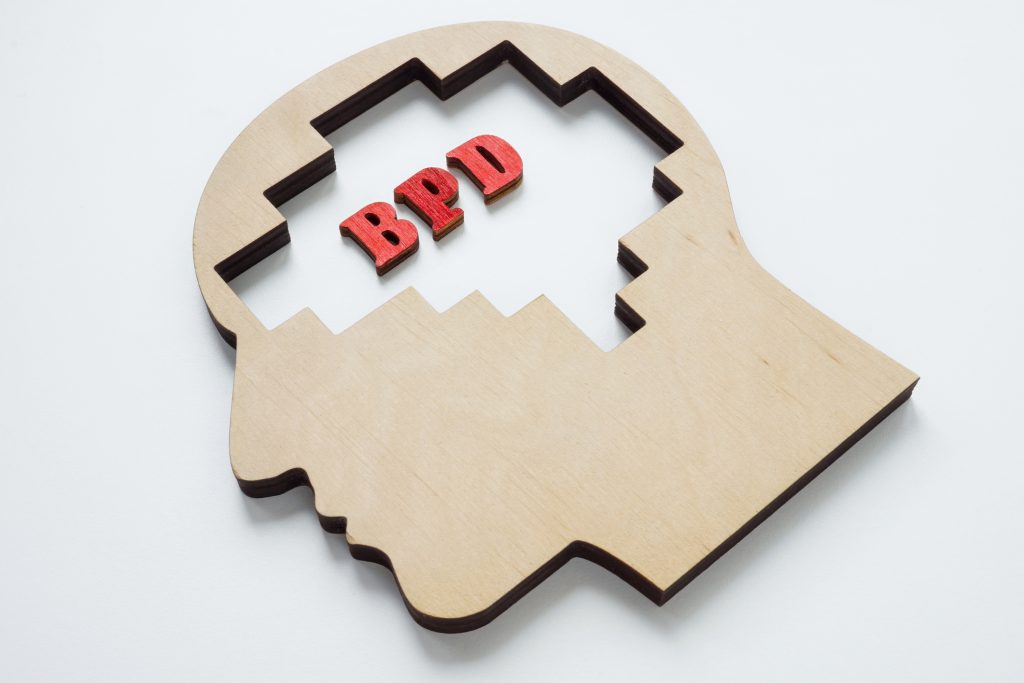
Borderline Personality Disorder: What it is and How to Recognize the Symptoms
by J J Keeler
Borderline personality disorder (BPD) is a term thrown around often in today’s society, but it’s not a condition as common as you might think; according to the Cleveland Clinic , approximately 1.4% of adults have BPD, making it rarer than PTSD and bipolar disorder and much less common than major depression and anxiety disorders.
Read on to learn what defines BPD , the symptoms, and the causes
What is Borderline Personality Disorder?
BPD is a mental health condition that influences one’s sense of self, ultimately impacting how someone sees others and functions in everyday life and relationships. It’s typically defined by instability, impulsiveness, and extreme emotions.
At the root of BPD lies an intense fear of abandonment, something that’s cruelly ironic as the impulsivity and mood swings of this disorder can indeed push others away. While those with BPD generally want to foster healthy and loving relationships, the fear of their partner, friend, or family member leaving can cause anger, outbursts, and self – injurious behaviors. When this happens consistently, it causes irreparable fractures in a relationship, leading to the abandonment of those with BPD due t o fear.
What are the Symptoms of Borderline Personality Disorder?
As mentioned above, impulsivity, emotional extremes, and unstable behavioral patterns are typical symptoms of BPD. Other symptoms and more specific signs include the following:
- Frantic efforts to avoid real or imaginary abandonment
- Volatile relations hips that generally seesaw between reverence and resentment
- Rapidly changing mood swings that turn on and off like a light switch Borderline Personality Disorder_ JJK-CLEAN.docx
- Switching between jobs or constantly butting heads with coworkers or supervisors
- Lack of self – identity, goals, or values
- A fel t sense of boredom or lack of purpose
- Issues with rage, which can manifest as intense outbursts or more subtle bitterness (including over – the – top sarcasm and pettiness)
- Substance abuse, gambling, binge eating, overspending, speeding, and other reckless beh aviors
- Self – injurious behaviors, including hair – pulling, cutting, or hitting one’s head against a wall
- Suicidal ideation or attempts
- Paranoid thoughts centered on the fear of abandonment
- Disassociating from oneself , others, or reality
- Attention – seeking beh aviors and a perpetual need for affirmation or reassurance
- Splitting is a defense mechanism that causes people to view others as either all good or all bad, with no nuance in between (this may also manifest as all – or – nothing thinking)
- Lack of accountabilit y
- Legal troubles that, when serious, can result in jail time
What Causes Borderline Personality Disorder?
With so much unknown about the human brain, it’s hard to pinpoint the exact cause of BPD (or other mental illnesses), but it’s believed that genetics, as well as specific changes in the brain, play a role. Some of BPD’s risk factors include the following:
- I mmediate blood relative with BPD or other closely related conditions
- A childhood marked by abuse, neglect, or invalidation
- Past exposure to patterns of unpredictable relationships (especially during youth)
- Separation from a parent or caregiver at a young age
- Co – occurring mental health conditions, including depression, ADHD, eating disorders, and other personality disorders (including narcissism)
- A serotonin imbalance, a neurotransmitter that regulates sleep, appetite, and mood
Borderline Personality Disorder_ JJK-CLEAN.docx BPD is usually the most sev ere in young adulthood, and symptoms tend to get better with age . However, the underlying fear of abandonment persists , and BPD, in general, is considered a life – long condition. This ultimately leads to the repeated pattern of difficult relationships. Fort unately, psychotherapy, coping mechanisms, self – care practices, and medications can offer those with BPD (and the people who love them) much – needed hope.
























